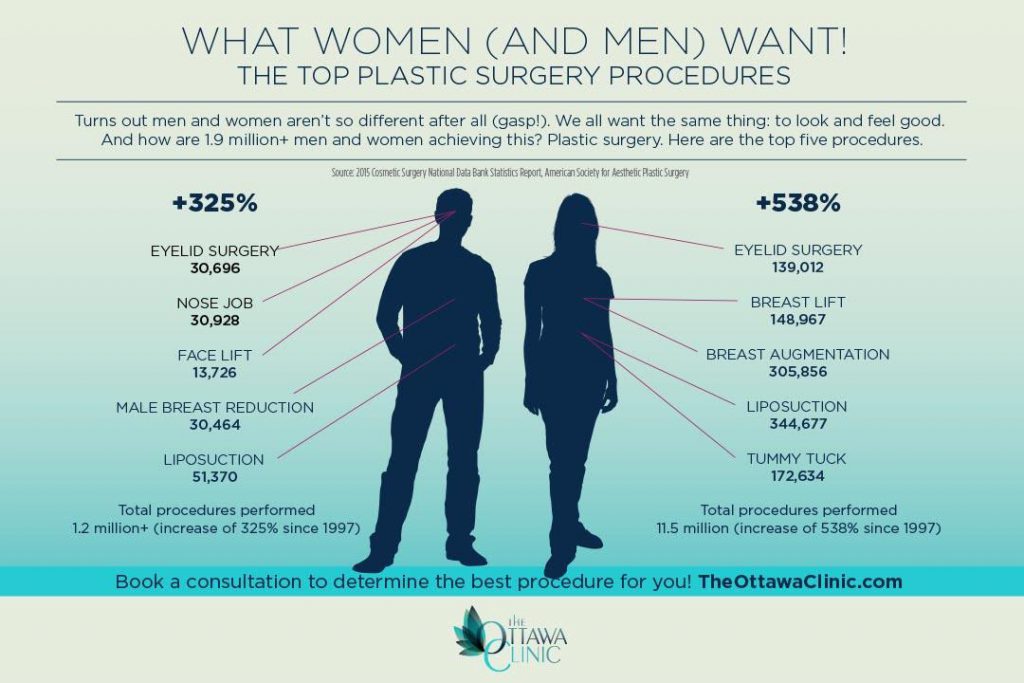Cost Of Professional Acne Treatments
Cost Of Professional Acne Treatments
Blog Article
Hormonal Acne - What is Hormone Acne?
Hormone acne is identified by clogged up pores and oily skin that commonly shows up on the chin and jawline. It happens when hormonal changes cause swelling and bacterial overgrowth within hair roots.
Outbreaks might look like whiteheads, blackheads, papules or pustules and cysts or nodules in more severe situations. It is a lot more usual in teenagers experiencing the age of puberty but can affect adults of any age.
What Triggers Hormonal Acne?
While acne can be triggered by a selection of variables, consisting of using hair and skin care products that aren't oil-free or made with ingredients that could block pores, genetic tendency, diet plan,2 and anxiety, the source is changing hormonal agents. Hormone acne takes place when the body experiences hormone adjustments and variations that cause an overflow of sebum, which creates swelling, boosted growth of germs and modifications in skin cell activity.
Hormonal acne is frequently discovered on the lower jawline, cheeks and neck but can appear anywhere on the body. It is characterized by blemishes that are cystic, unpleasant and filled with pus or other product. It is additionally more probable to happen in females than males, specifically throughout the age of puberty, the menstruation, pregnancy or menopause.
Age
While numerous youngsters experience acne at some point during puberty, it can remain to torment grownups well right into their adult years. Referred to as hormonal acne, this form of breakout is tied to variations in hormonal agents and is usually most typical in ladies.
Hormonal acne occurs when oil glands generate way too much sebum, which obstructs pores and catches dead skin cells. This causes the formation of blemishes, such as whiteheads, blackheads and papules, pustules, cysts or nodules, deep under the surface area.
This sort of acne typically triggers pain, redness and swelling. It might likewise be cyclical and show up around the very same time monthly, such as right before your period begins. This is due to the fact that degrees of female hormones like progesterone and oestrogen rise and fall with each menstruation.
Menstrual Cycle
Hormonal acne typically shows up in the reduced part of your face, along the jawline and cheeks, as whiteheads, blackheads or inflammatory pimples (acnes and cysts). It's more than likely to appear around the time when your menstruation adjustments.
Particularly around ovulation, when estrogen and progesterone levels get on the increase, hormone fluctuations can create outbreaks. But it's also feasible to get acne at any factor throughout your 28-day menstrual cycle.
If you see that your hormone acne flares up right prior to your duration, try noticing when specifically this occurs and see if it relates to the stages of your 28-day menstrual cycle. This will certainly help you determine the root causes of your skin problems. For instance, you might want to work with balancing your blood sugar level and cutting out high-sugar foods, or take into consideration a prescription medicine like spironolactone that can regulate your hormonal agents.
Pregnancy
Expanding an infant is a time of dramatic hormone changes. For several ladies, this includes a flare-up of hormone acne. This type of outbreak generally starts in the very first trimester, around week six. It's brought on by hormone rises that promote sweat glands to make more oil, which can obstruct pores and trigger more germs to build up.
Outbreaks may additionally occur as a result of pre-existing problems like polycystic ovary syndrome, which can additionally be an issue while pregnant and menopause. beverly hills walk in clinic Also, some sorts of birth control pills (such as Ortho Tri-Cyclen and YAZ) can cause hormonal acne in some females.
Fortunately, the majority of acne treatments are "no-go" for expectant ladies (consisting of popular acne-fighting ingredients such as isotretinoin and spironolactone). But if you can't prevent those frustrating bumps, your physician might recommend oral erythromycin or cephalexin, which are safe while pregnant.
Menopause
As women come close to menopause, the estrogen degrees that triggered their hormonal agent acne to flare up throughout adolescence begin to support and decrease. At the same time, nevertheless, a spike in androgens (also referred to as male hormonal agents) occurs due to the fact that these hormones can not be converted into estrogen as efficiently as in the past.
The unwanted of androgens can trigger oil manufacturing by the sweat glands, which blocks pores. When the clogged pores ended up being inflamed and inflamed, an acne forms.
Hormonal acne is commonly seen on the face, especially around the chin and jawline, yet it can occur on the neck, back, shoulders, or upper body. This type of acne has a tendency to flare in a cyclical pattern, similar to the menstruation. Stress, which enhances cortisol and throws hormones out of equilibrium, also contributes to the outbreaks.